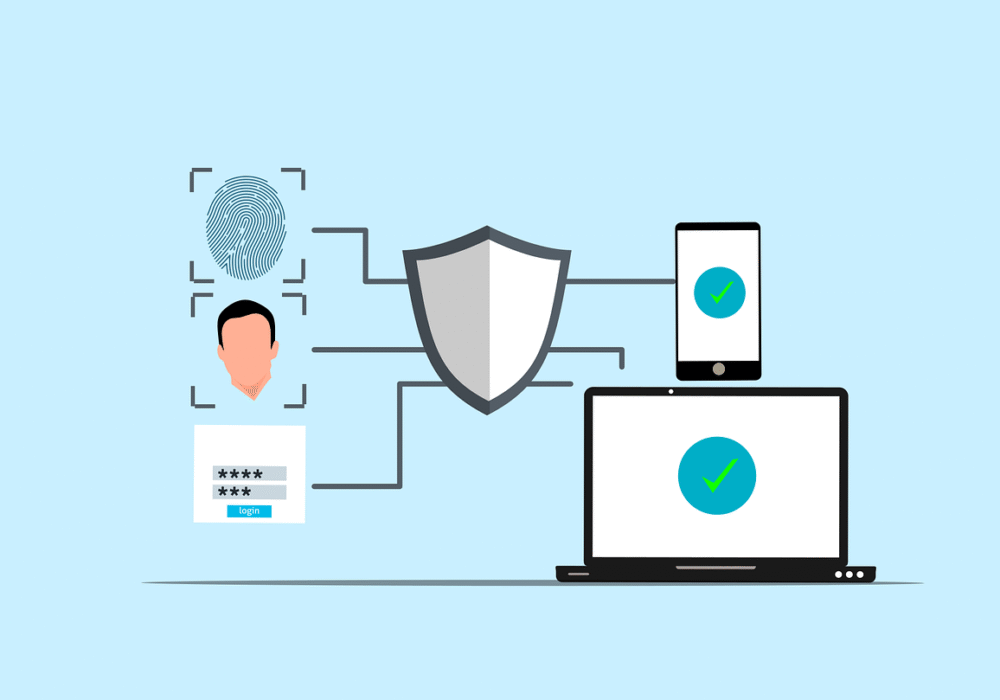Microsoft Teams is one of the most popular workplace communication tools, favoured by over 1 million organisations across the globe. It’s streamlined interface, impressive array of features, plus a myriad of productivity-boosting integrations make it a truly effective collaboration tool.
The beauty of Microsoft Teams lies in the way it seamlessly integrates with the rest of Microsoft 365. Deep integration with SharePoint and OneDrive in particular, makes it easy to share files, access data and work collaboratively on documents from within the Teams interface. These capabilities make Teams a true end-to-end solution, providing all the tools and features you need to orchestrate workflows and projects from within a single intuitive portal.
Here at BCNS, our experts help businesses across Devon make a secure, seamless transition to Microsoft 365, and take advantage of its many features to drive productivity and empower effective collaboration. Unlocking the full potential of Microsoft Teams means taking a little time to examine some of the platforms hidden depths, and most impactful features. So to help, here are 6 tips and tricks for fostering closer collaboration and enhancing your productivity with Microsoft Teams.
Grant Guest or External Access
Did you know that you can extend access to your Microsoft Teams sites, chats and files to individuals outside your organisation? In fact, they don’t even have to have a Microsoft account, all they need is a corporate or personal email account, and they can be granted access to collaborative resources and included in group discussions.
Microsoft 365 enables you to configure access for external parties from within the Microsoft Teams admin center. You have two options depending on the types of access you want to enable:
Guest access permits external parties to participate in Teams chats and meetings, and access file resources and collaborate within SharePoint and OneDrive. Guest access is highly configurable, giving you granular control over the chat spaces, channels, and file resources your guests have access to.
External Access on the other hand, is mainly focussed on including external parties in your conversations. External users can be added to your contact list, allowing them to participate in Teams chats, calls and video meetings.

Loop Components
You may be aware that Microsoft 365 provides real-time document co-authoring within its web applications. This is a powerful feature that makes document revisions and file collaboration a breeze, and it’s something you should check out if you haven’t already.
However, what if you want to carry out a brief brainstorming session, collaborate on an agenda or checklist, or cooperate on a small task with a few of your colleagues? Opening up a word doc or excel spreadsheet might seem a bit excessive for such an application; all you need is a shared canvas where your team can make informal contributions in real-time.
With Loop components, you can launch editable, inline text windows straight into your chat threads. These components can be configured to allow everyone in the chat to make a live contribution, or alternatively, you can switch them to ‘view only’ mode. A number of different formats of loop component are currently available, including checklists, tables, Q&A forms, and more.
Once a loop component is launched, it can be copied and shared to other Teams chats, or to other applications within Microsoft 365, such as Outlook on the web. Throughout its lifecycle, a loop component is always ‘live.’ This means that edits made are reflected wherever the loop component is present, giving everyone access to a single, reliable source of information.
To start using Loop components, locate the loop icon located below the chat text box as shown, and choose a format that best suits your goals.
Channel Email Addresses
Ever received an important email that you want to position at the centre of a collaborative discussion? You could of course forward it onto your team using their email addresses, but this risks it getting lost among the email inbox clutter, and makes real-time discussion on its content awkward and clunky.
Teams lets you feed emails directly into your Teams Channels, and doing so couldn’t be easier. Simply navigate to the channel you want to send your email to, click on the ‘more options’ menu beside the channel name, and choose ‘Get email address.’ You’ll then be given an autogenerated email address for the channel, that you can copy and paste as necessary to forward emails into the channel’s feed.
In addition to the content of the email, the email address feature also directs any file attachments into the channel feed, and saves them automatically to the channel’s file tab, conveniently storing documents for future use.
Updates in Teams
Keeping track of work progress can be a challenge across numerous, scattered chats. Without streamlined, organised information gathering, it can be hard to keep your team up-to-date and monitor work outcomes effectively. Fortunately, Teams contains a handy reporting tool that has escaped the attention of many users.
Updates in Microsoft Teams is an out-of-the-box application launchable within Teams chats, channels and as a standalone application. Updates is a reporting app that allows users to create, submit and review updates and reports, providing a framework for continuous progress monitoring, and helping decision makers gather and track important data by condensing work reports into a single space.
So how does it work?
The Updates app can be pinned to the side menu within Microsoft Teams. From here, you can request updates from your team, submit your own updates, and review all the reports you’ve received on a single dashboard. You can collect updates from your team on a recurring basis using customisable forms to appeal for the information you need. Specify who you want to receive submissions from, set a recurrence frequency, decide who should be able to access the submissions, and click ‘publish.’
The Updates app is a powerful tool, and the best way to get started is to experiment with its capabilities for yourself. The Updates app can be launched from the Teams sidebar as shown below.

Workflows in Microsoft Teams
The Workflows app within Microsoft Teams is designed to let you create, run and manage workflow automations from within the Teams interface. This intuitive app is driven by Power Automate, and enables you to connect and apply automation between native Microsoft 365 applications, as well as between your Microsoft tools and external services, thanks to extensive third party integrations.
Designed to cut down on time-consuming, repetitive processes, Workflows could help to streamline your productivity and give you more time to focus on the tasks that really matter.
So how does it work?
The best way to get started with Workflows is to pin the app to the Teams sidebar. To create a new automated workflow, click on the ‘create’ tab at the top, whereupon you’ll be presented with a vast array of workflow templates. This can seem pretty daunting at first, but to help you find an automation that might benefit you, you’ll find a menu of template categories on the left, covering everything from approval workflows and notifications, to flows designed to support productivity and your remote workforce.
To create a custom workflow from scratch, click the ‘create a flow’ button in the top left.
You’ll then be shown a list of apps that you can choose to integrate, alongside the available workflow triggers and automated actions available in each case. Workflows makes it simple and convenient to automate and expedite tasks within Microsoft Teams, helping you achieve more in less time.
Microsoft Whiteboard
Microsoft Whiteboard is a multi-platform application that provides a freeform canvas for real-time collaboration that’s accessible as a standalone application, and from within the Teams app. As the name suggests, the app imitates a virtual whiteboard, giving users a shared space where they can brainstorm, contribute ideas and organise information in an informal manner.
The Whiteboard app can be pinned as a tab within a Teams channel or chat, making it accessible to everyone in the group. As is common with so many Microsoft applications, Whiteboard provides a number of prebuilt templates. These offer a number of pre-configured formats designed for a range of common tasks and activities, including brainstorming, project planning, strategizing, problem solving and much more.
To add the Whiteboard app to a chat or channel of your choice, simply hit the ‘add a tab’ icon (+) at the top of the window and choose whiteboard from the options presented. Let your group know you’re using the whiteboard app, by selecting the check box labelled ‘post to the channel/chat about this tab.’

Whiteboards can also be integrated into virtual meetings, giving attendees somewhere to contribute suggestions, and providing a focal point for productive dialogue. To do this, navigate to the ‘share content’ button when the meeting is underway, and select Microsoft Whiteboard. Decide whether you want to create a new whiteboard or launch an existing one, and share it to your meeting, whereupon attendees will be able to comment, react and make changes to it.
Final Thoughts
Microsoft Teams is an indispensable productivity tool, containing a deep range of features designed to foster close collaboration and support efficient, productive workforces. By taking the time to explore its less obvious capabilities, you’ll equip your team with game-changing tools that support them in producing their best work.
Microsoft 365 is in continuous development, with refinements, interface changes and new features introduced on an ongoing basis to support the best possible user experience. To stay informed about upcoming developments and track changes, monitor the Microsoft 365 Roadmap page.
BCNS – Tailored Solutions and Quality IT Support for Devon’s Businesses
Here at BCNS, we’re passionate about helping businesses across Devon operate securely, work productively, and embrace innovation, using the power of IT. Our commercially astute approach ensures you’ll enjoy technology that adds real value to your business, helping you achieve your goals with solutions that conquer your greatest operational challenges. Get in touch today for a friendly, no-obligation chat about your IT needs. We’d love to hear from you.




